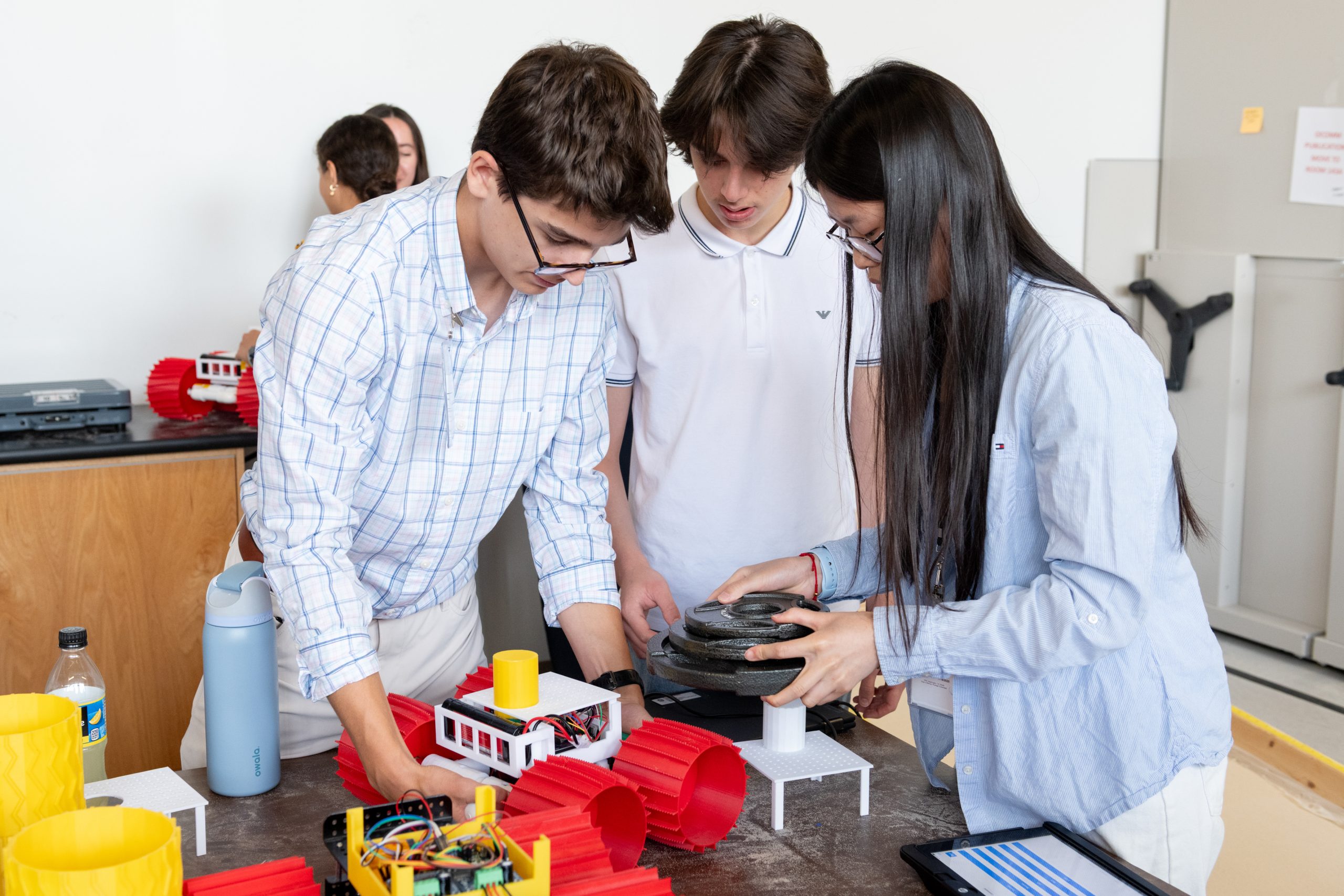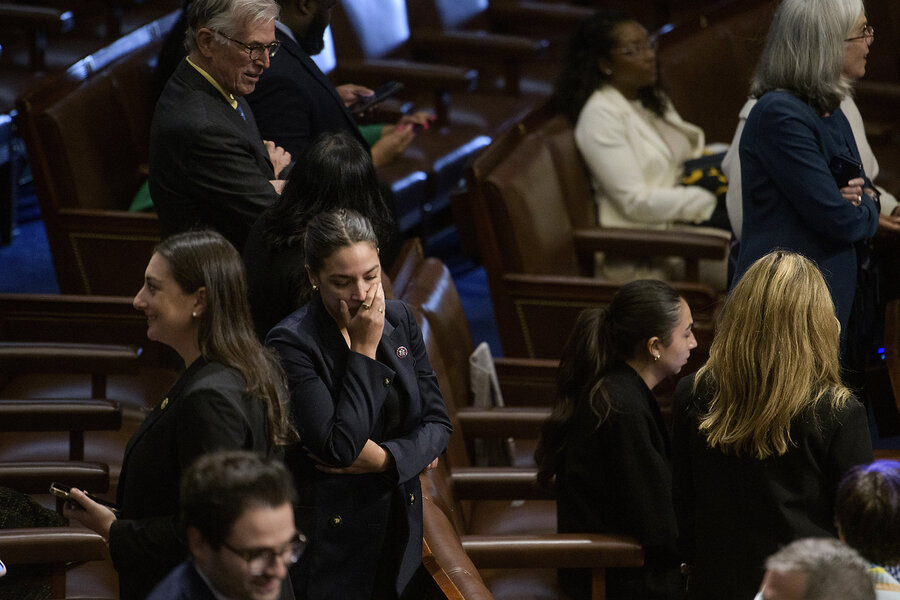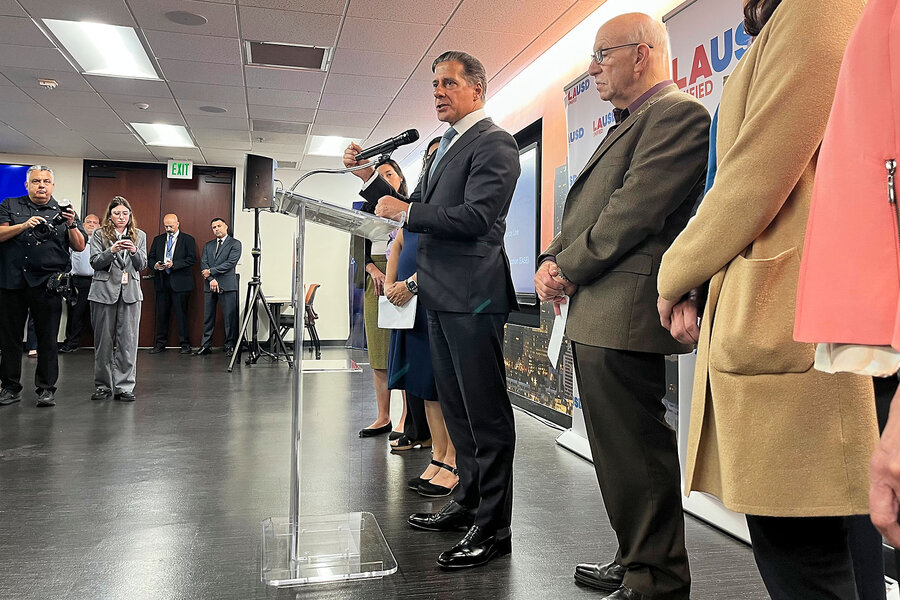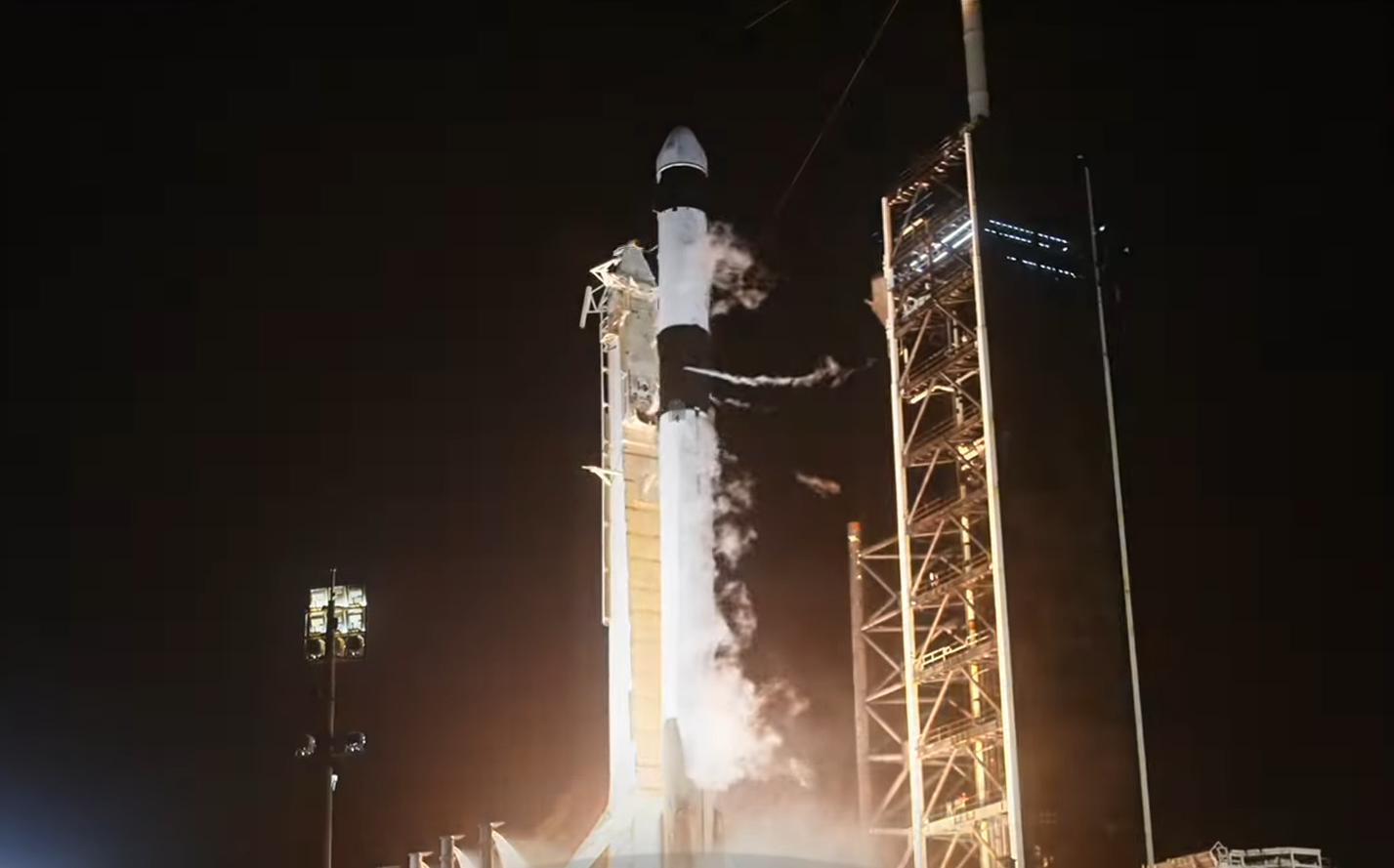Now Reading: NASA Glenn Launches Engineering Institute for Student Learning Opportunities
-
01
NASA Glenn Launches Engineering Institute for Student Learning Opportunities
NASA Glenn Launches Engineering Institute for Student Learning Opportunities

Fast Summary
- NASA’s Glenn Research Center in Cleveland hosted the free NASA Glenn High School Engineering Institute this summer.
- The program aimed to prepare high school juniors and seniors for careers in aerospace engineering and othre STEM fields.
- Students engaged in authentic NASA mission content over five-day sessions held across three weeks in July.
- Key topics addressed included:
– Acoustic dampening: Reducing noise pollution from jet engines.
– Power management and distribution: Creating smart power systems for future space stations.
– Simulated lunar operations: Designing airless tires for lunar missions.
- Participants collaborated with technical experts, learned the engineering design process, built prototypes, and tackled real-world mission challenges.
- Jerry Voltz from NASA Glenn expressed hopes of inspiring curiosity in STEM, empowering students through exposure to cutting-edge technology, and fostering interest in aerospace careers.
Indian Opinion Analysis
The initiative by NASA underscores an active effort to bridge academic learning with industry application, focusing on cultivating skills critical for future advancements in science and technology fields. For India-a nation keen on expanding its own space exploration capabilities through ISRO’s Mars Orbiter Mission or Chandrayaan series-this model offers valuable insights into engaging young minds early. Encouraging similar programs targeting high-school students could help develop a pipeline of innovative talent suited for competitive global roles.
Moreover, given India’s emphasis on advancing space research (such as reusable rockets or sustainable energy solutions), tackling real-world problems via student-led projects akin to acoustic dampening or simulated lunar operations may align well with national goals. Programs like these also underscore the crucial role international partnerships play-collaborative exposure between nations often catalyzes technological synergy that benefits global scientific endeavors.


























